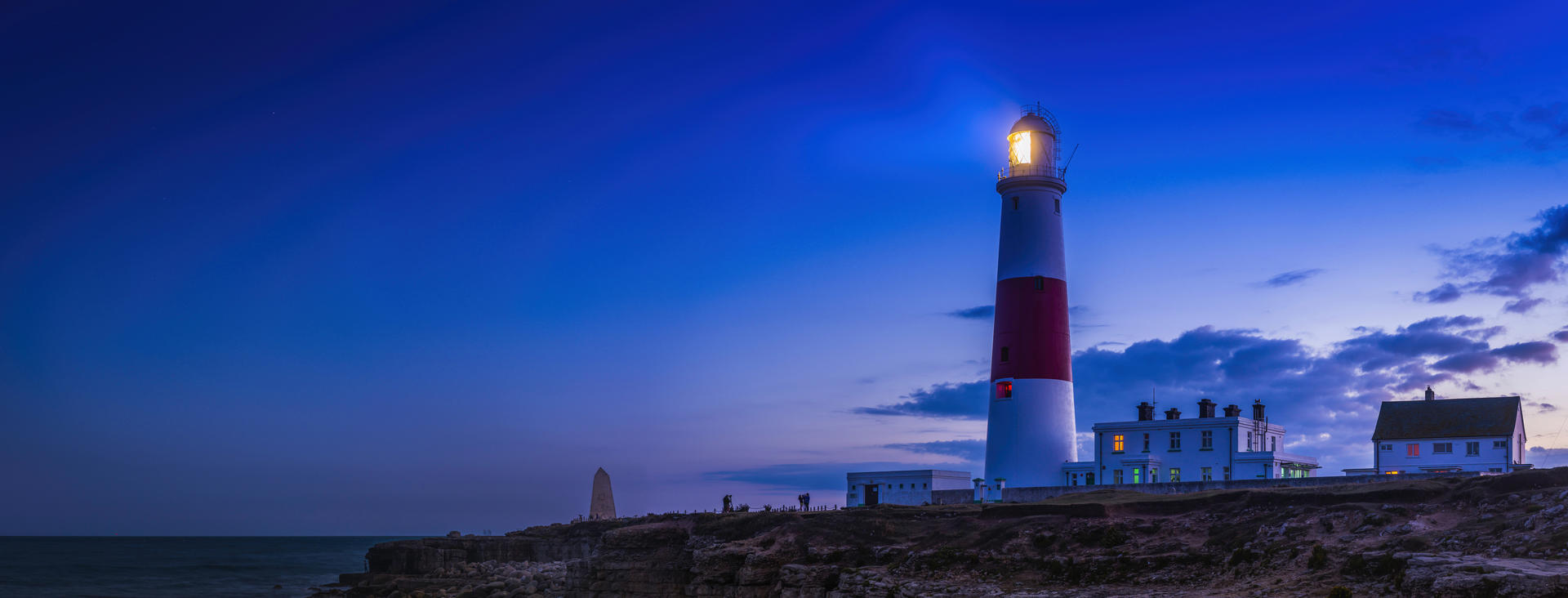Safe society

NORSAR has been contributing to a safer society since 1968. We use our unique expertise in seismology to monitor natural and man-made tremors.
Our core expertise lies in understanding the movements of the Earth, natural and man-made, and describing them in real-time through automatic recordings and analyses. We have been doing this for over 50 years. It is our social responsibility to share and spread knowledge to make the world safer and more secure!
Through NORSARs extensive network of fiber technology, infrasound, and seismic stations, we can both listen to the Earth and follow weather and climate related phenomena, from landslide risks in unstable mountain areas to ice movements around Greenland, Svalbard, and the poles. The instruments are very sensitive and can detect small tremors. This allows us to also contribute in detecting man-made movements and share data that can be used to improve preparedness and in managing unwanted events.
Earthquakes
Europe is more affected by earthquakes than you might think. Out of all natural hazards, earthquakes claim the most lives, and they cause major economic losses. Norway, too, regularly experiences earthquakes. Although we cannot prevent earthquakes, we can contribute to limiting the damage caused.
NORSAR operates one of the world’s biggest seismological observatories, with stations and arrays on the Norwegian mainland, Spitsbergen, Bjørnøya, Jan Mayen, and in Antarctica. Every time the Earth moves, it is recorded by one of our stations. NORSAR researchers share information about seismic events on the website www.jordskjelv.no.
In extension of our seismic monitoring, we have expertise in assessment of seismic risk, damage, and loss. Our analyses show the potential magnitude of a future earthquake and the consequences a quake would have on a specific area. Additionally, we have developed a digital Earthquake Zonation map for Norway and Svalbard, recognized as an alternative to the Norwegian Standard for use in the design of buildings and infrastructure.
Through the NORSAR-led EU project TURNkey, we have developed a prototype of a collaboration and interaction platform for early warning and rapid response after earthquakes. Several of the partners have joined the follow-up project MEDiate, examining how to secure societies against combined natural hazards today, but also in the future, as climate change is expected to increase their risk. One of the outcomes of this project will be a supporting tool for policymakers, assisting in the assessment of likelihood and damage potential of combined natural hazards. Oslo municipality is an important Norwegian partner in the project.
Avalanches and landslides
NORSAR employs our expertise and technology to enhance public safety in vulnerable regions. We monitor unstable mountainsides, and record both movements in the mountain mass and landslides in the areas of Åkneset in Møre og Romsdal and Jettan by Lyngenfjorden in Troms og Finnmark utilizing seismic instruments.
In collaboration with our partners, we have developed a system for automatically notifying authorities of avalanches impacting roads and detecting the presence of vehicles in the affected area. The pilot system has undergone testing in Holmbuktura in Troms, and the results are very promising.
Weather and climate
Our seismic instruments can also monitor movements in the ice-covered parts of the Earth's surface (the cryosphere) triggered by temperature changes, which have a significant impact on sea levels and the global ecosystem. NORSAR has stations in both the Arctic and Antarctica that provide data available for research. Starting from 2025, the amount of data from Antarctica will increase as we are building new infrasound and seismology stations through the TONe project.
Infrasound signals from the atmosphere provide unique data on wind and temperatures that can improve weather and climate models for long-term weather forecasting.
Event clarification
Seismic instruments are highly sensitive and can detect small tremors. In addition to natural movements, this allows our monitoring stations to record man-made events so we can aid in their clarification. When war broke out in Ukraine in 2022, we established automatic monitoring of the areas surrounding the country’s six nuclear power plants to ensure independent information about the explosions. This data contributes to the overall knowledge base relied on by Norwegian authorities when assessing the risks of radioactive fallout over Norway (read more). Another example is when a helicopter crashed near Barentsburg in 2017, and we located the site where it went underwater with only a few meters of uncertainty. Through our data collection, we aided the Governor of Svalbard and the Accident Investigation Board in mapping out the events leading to the accident.
